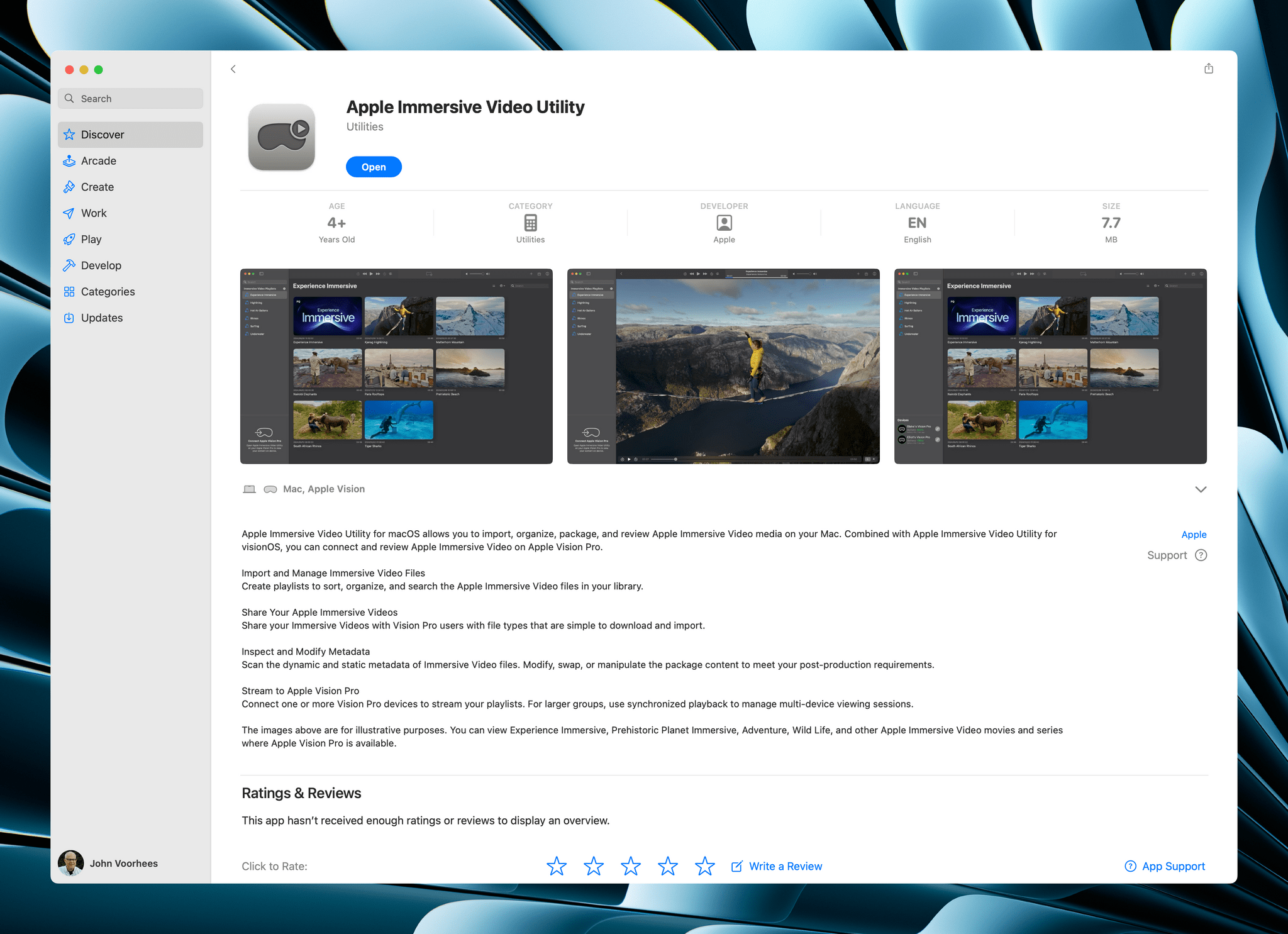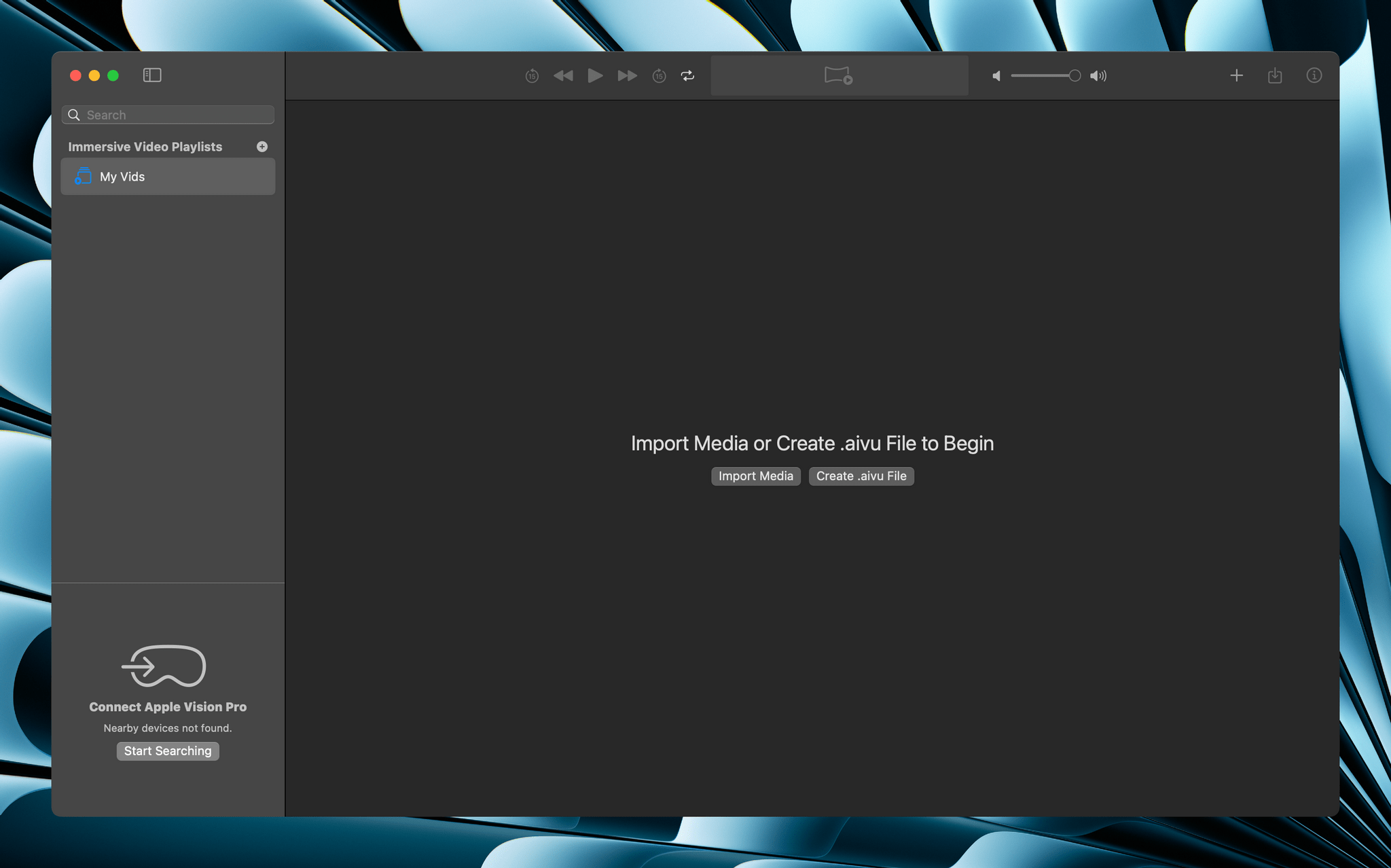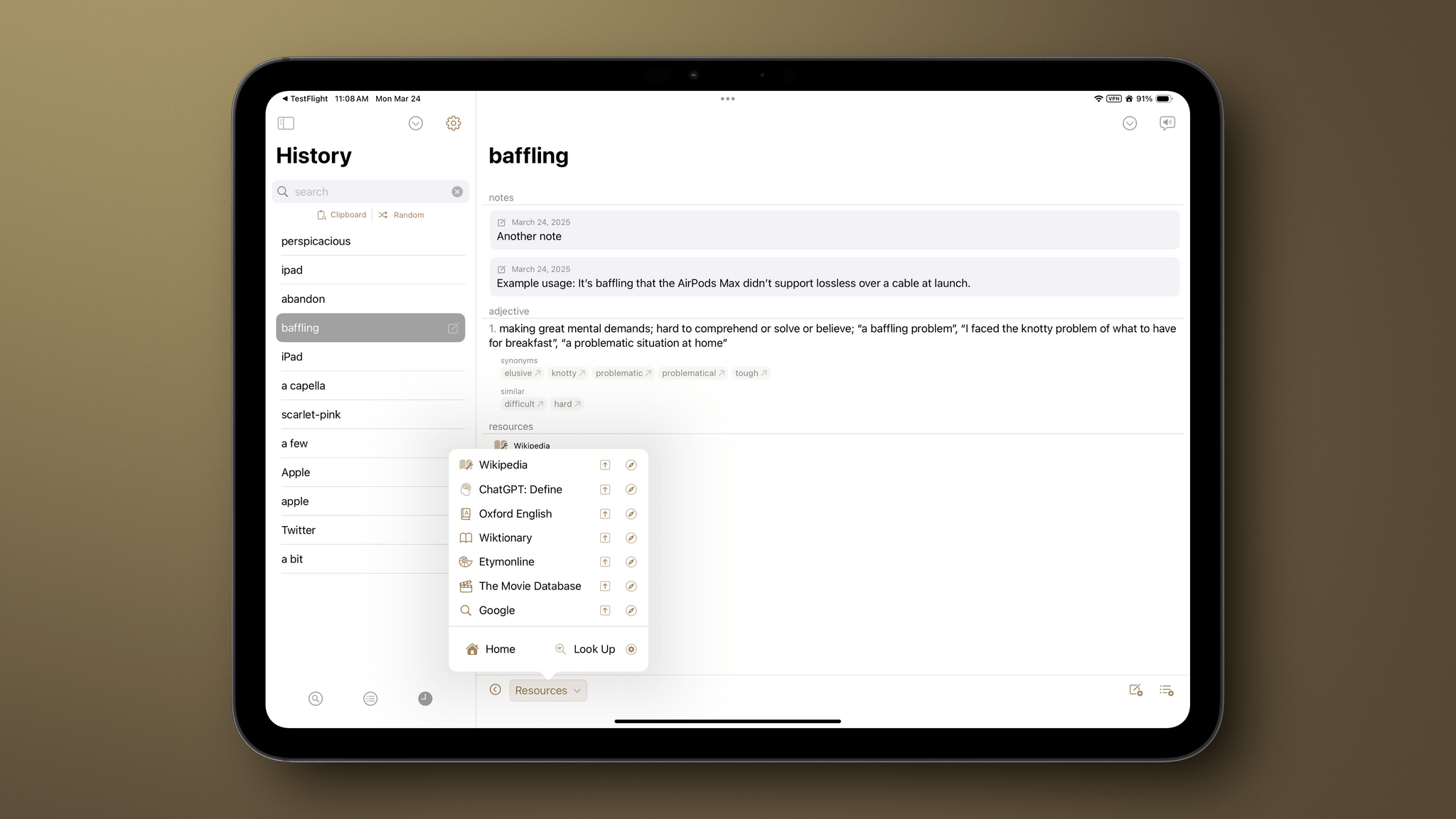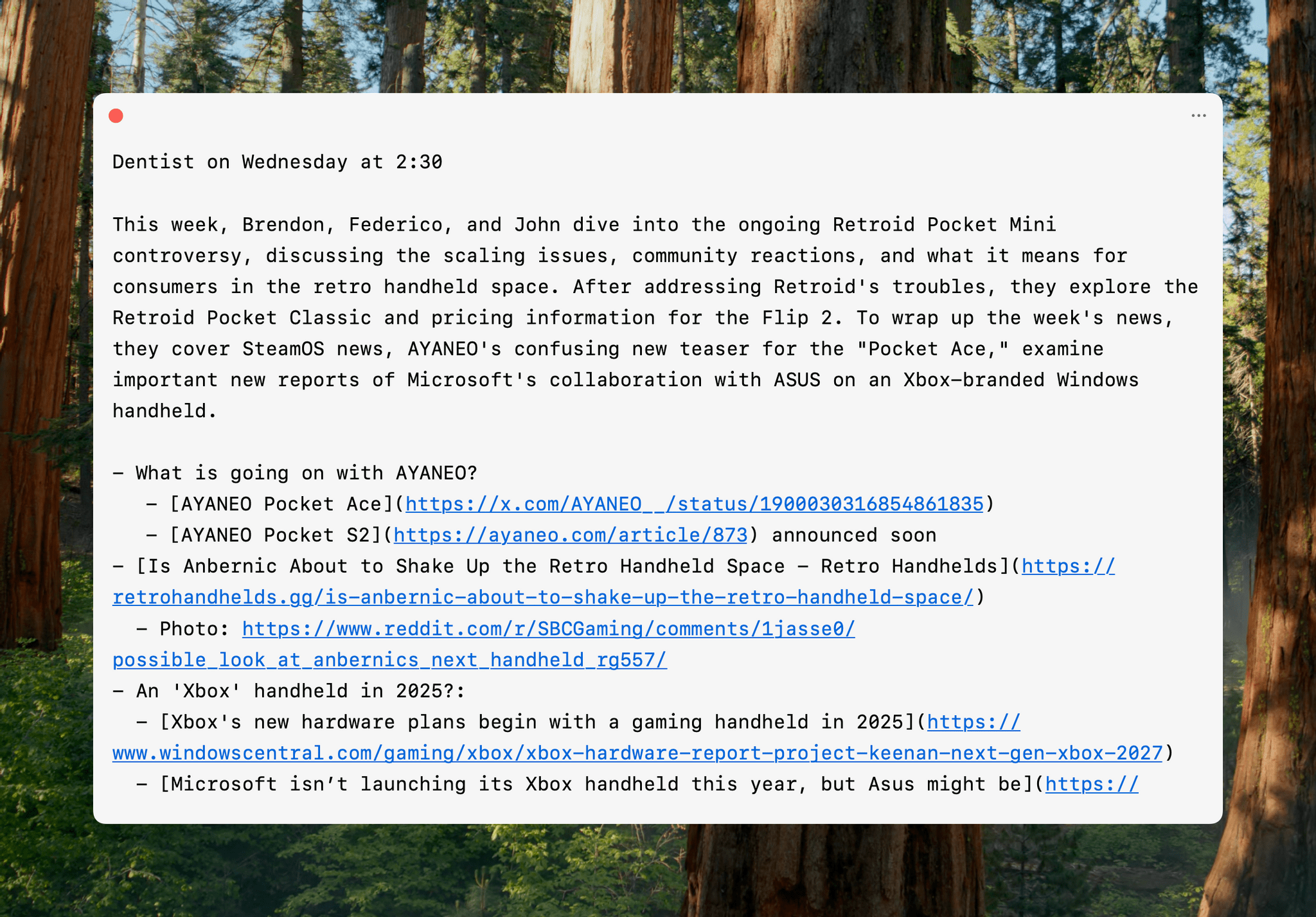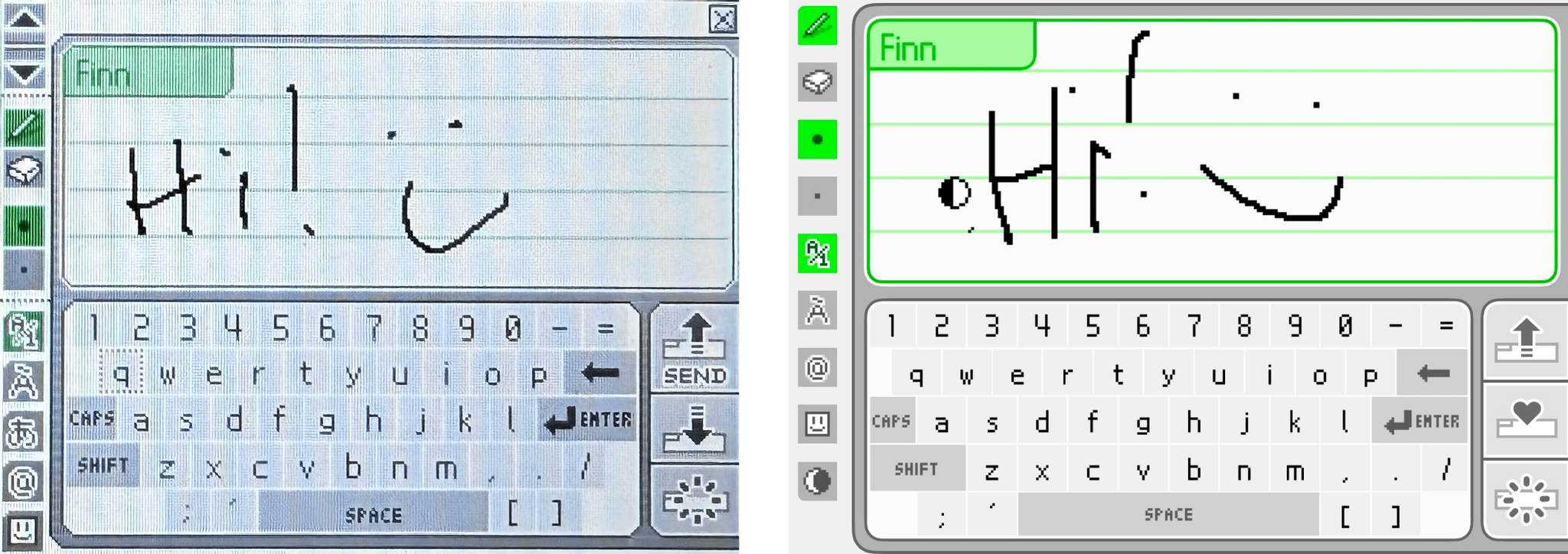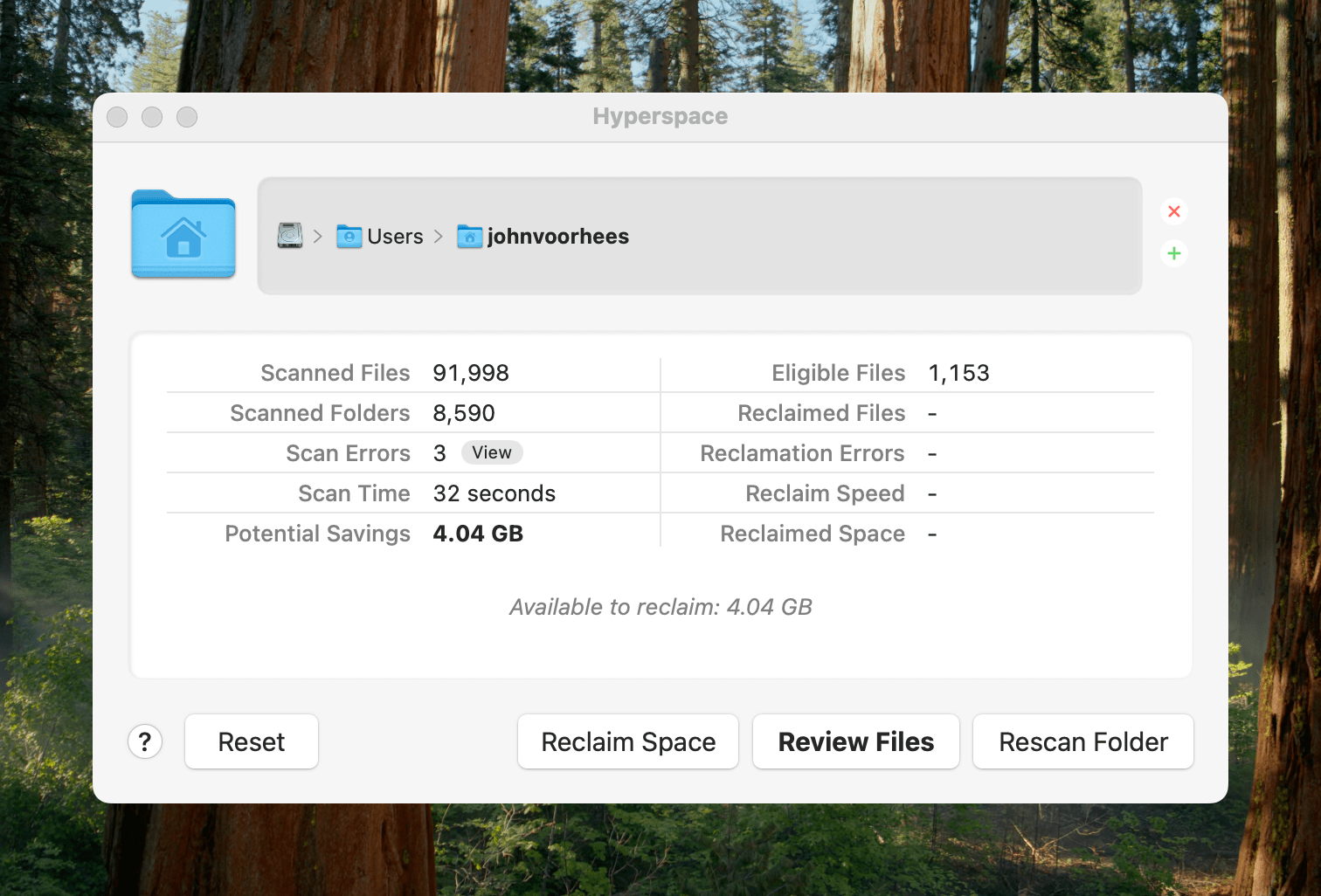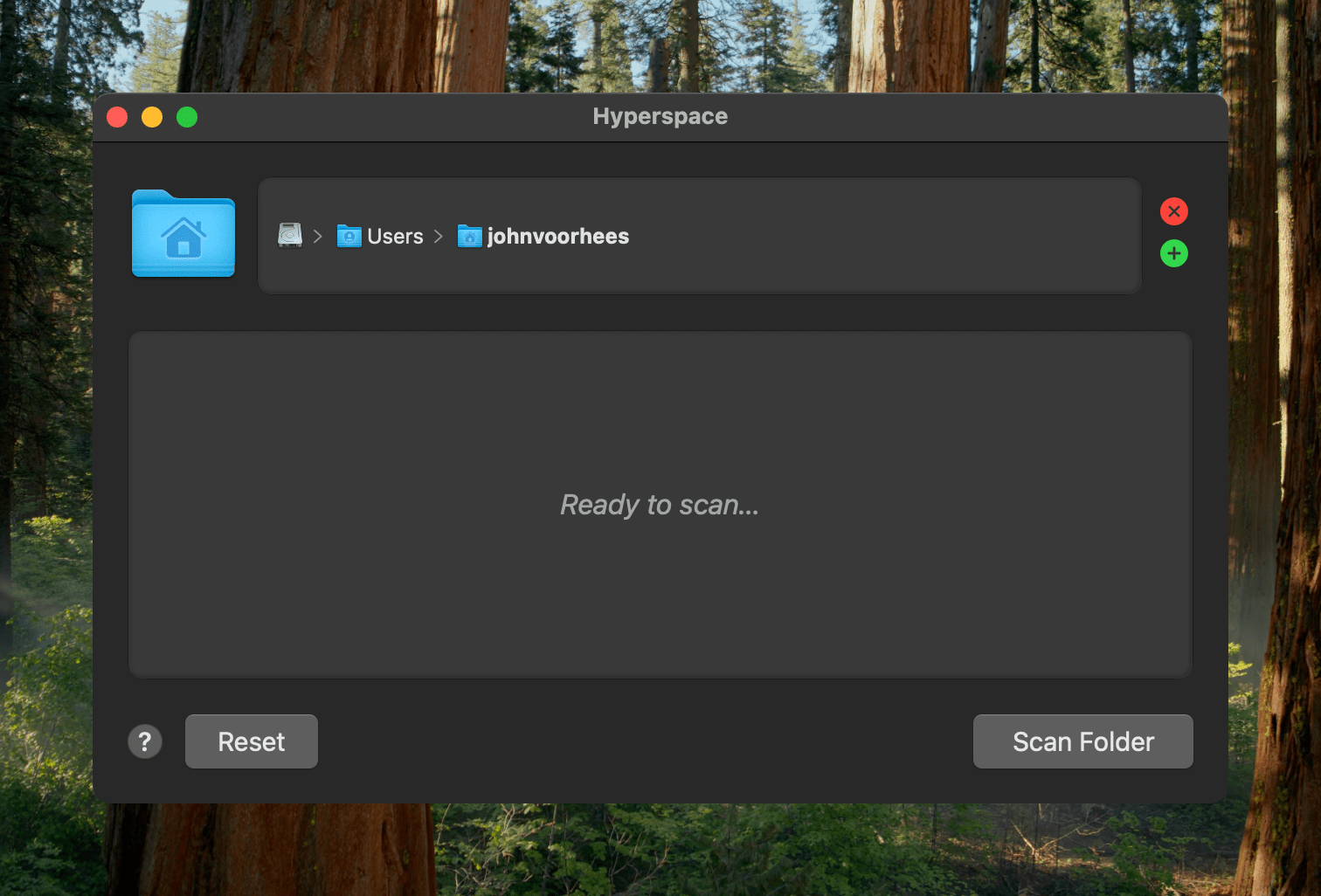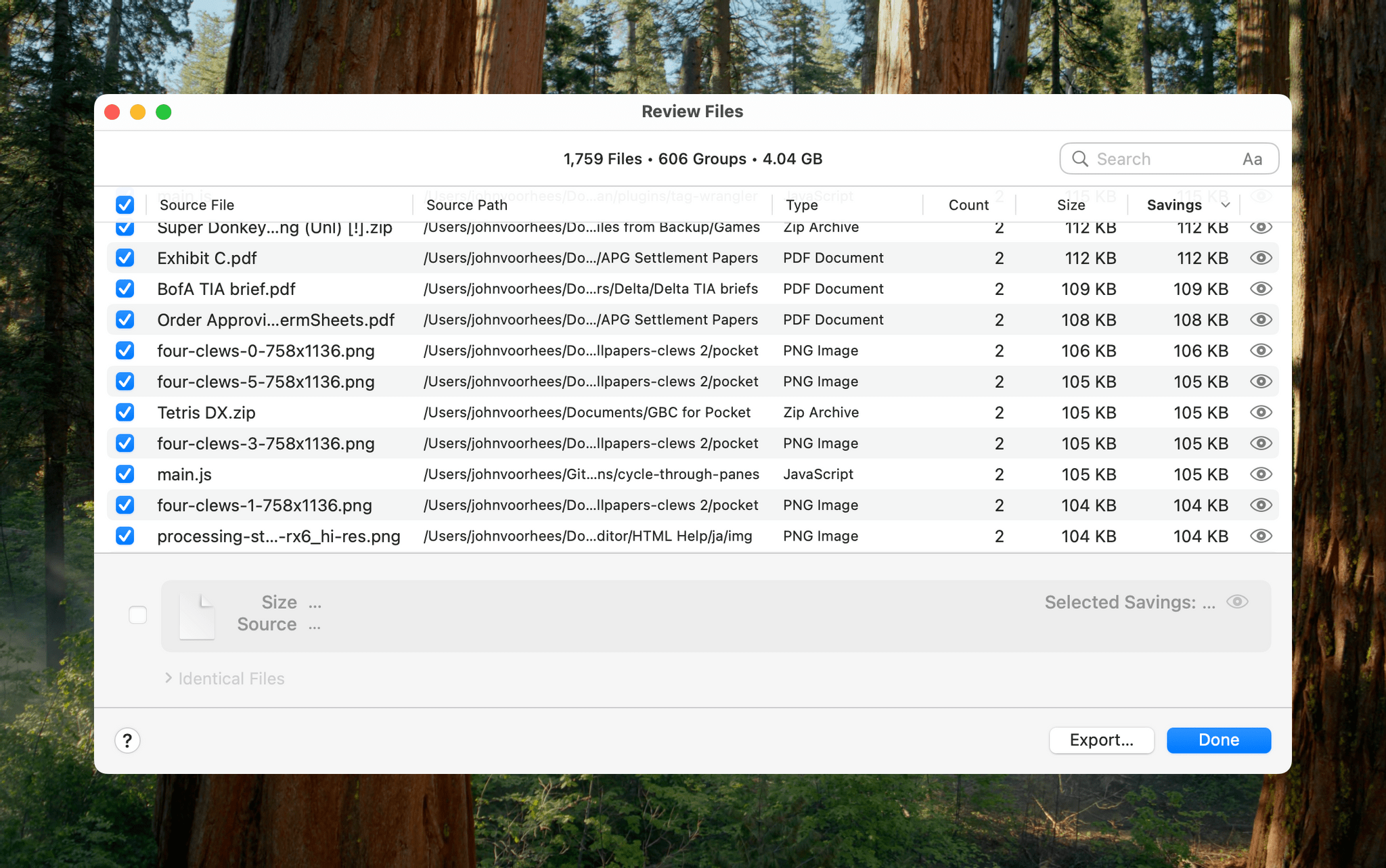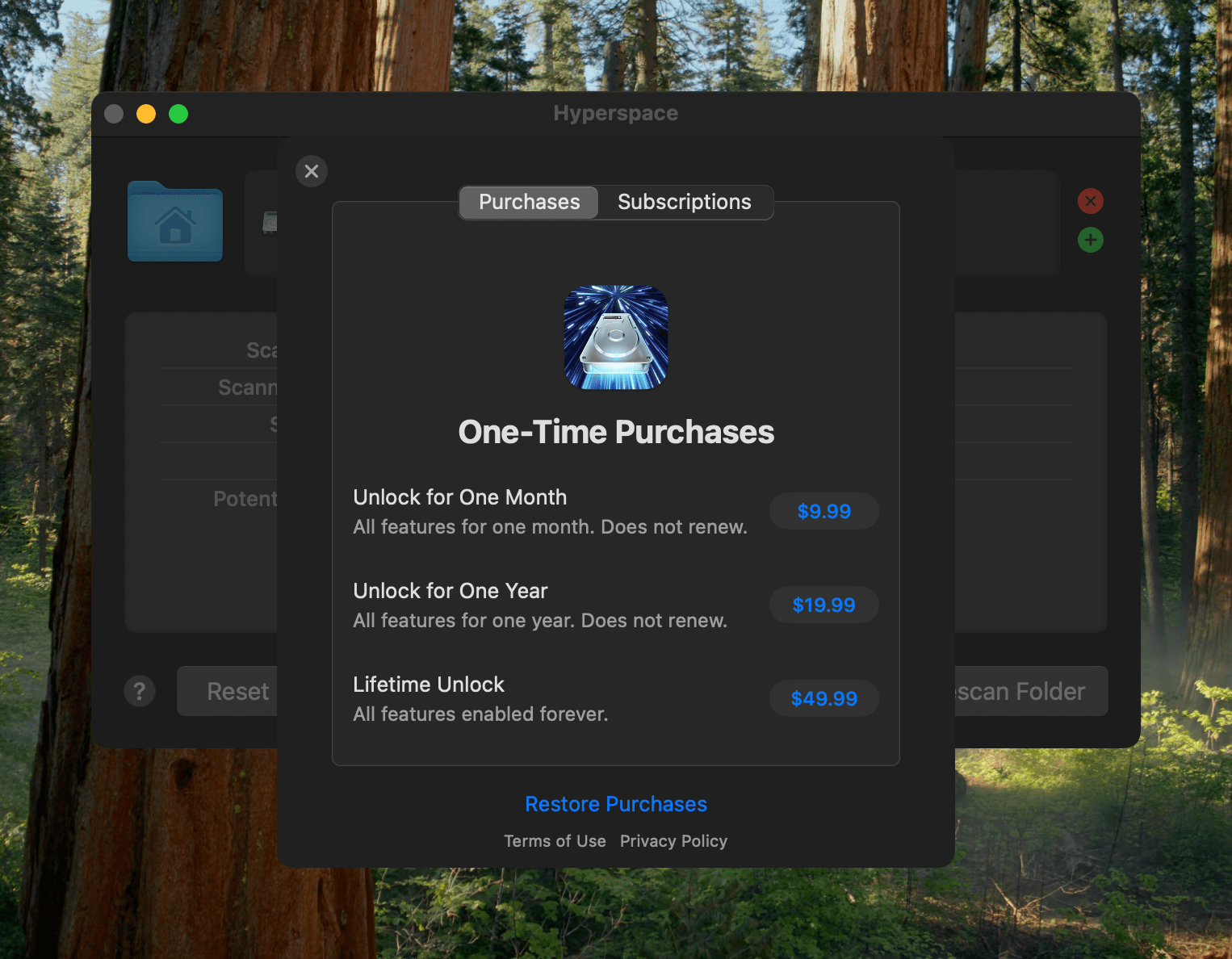I’m in Los Angeles for Airbnb’s 2025 Summer Release, where the company just announced a major expansion to its offerings, paired with an entirely redesigned app. It’s an ambitious update that I’ll be trying and covering more soon, but for now, let’s dig into an overview of what’s been announced.
Posts tagged with "app"
Airbnb’s Redesigned App Combines Stays with Services and Unique Experiences
Apple Immersive Video Utility Released
Apple has released a new companion app called Apple Immersive Video Utility for Vision Pro owners that allows them to organize and manage immersive content with the help of a Mac. The utility, which is available for the Mac and Vision Pro, allows users to view, stream, and organize Apple Immersive Video into playlists. The app supports more than one Vision Pro, too, synchronizing playback of content streamed from a Mac to multiple Vision Pros. Videos can also be transferred from the Mac app to a Vision Pro for watching them there.
The App Store description only touches on it, but Apple Immersive Video Utility, the company’s first new Mac app in a long time that wasn’t released as part of an OS update, appears to be designed for post-production work by video professionals. The app could also be used in group educational and training settings based on its feature set.
However, the fact that NAB, the National Association of Broadcasters, conference is going on this week suggests that the app is primarily designed for post-production video work. In fact, the app seems to go hand-in-hand with Blackmagic’s URSA Cine Immersive, an Apple Immersive Video camera that was also shown off at NAB this week, and DaVinci Resolve Studio 20, which supports editing of Apple Immersive Video.
To expand the library of available Apple Immersive Video, there need to be tools to create and manage the huge video files that are part of the process. It’s good to see Apple doing that along with companies like Blackmagic. I expect we’ll see more hardware and software solutions for the format as the months go by.
Nintendo Today App Debuts Just in Time for the Next Switch 2 Reveal
Earlier today, Nintendo held its last Direct for the original Nintendo Switch. Next week, Nintendo will share more about the Switch 2 during another Direct.
In addition to the many games showcased during today’s event was a new iOS and Android app called Nintendo Today. The app is a mix of Nintendo news, a game release calendar, and fun posts like Super Mario short movies and Metroid Dread concept art. Users can theme the app with images from their favorite Nintendo franchises and pick the games and characters they want to follow, which determines what you’ll see in the app’s Home and Calendar tabs. There are also settings to fine tune whether you get notifications about news and events.
The iOS app includes two styles of widgets, too. A medium widget displays content, such as video from today’s Nintendo Direct, news, and more. The larger widget displays the current month’s calendar and a list of upcoming game releases and other events, and is themed to match the franchise you pick when setting up the app.
According to Nintendo, it intends to continue to announce games via Nintendo Directs. However, the company also says it will be releasing more information about the Switch 2 via the app after its April 2nd Switch 2 Direct, so fans can expect a mix of Directs and app announcements going forward.
Whether intentional or not, the app disclosed a small bit of information about the Switch 2 by labeling a new button on the Joy-Con with the letter ‘C.’ The C button has been rumored for quite a while, and no one knows for sure what it does, but the Nintendo Today app’s image of a Switch 2 appears to confirm that the button is in fact a ‘C’ button.
Nintendo Today is obviously meant to get Nintendo and its products in front of consumers more often via the device that most people are glued to throughout their days. So, yes, it’s marketing. However, it’s also a fun, playful app that’s beautifully designed and the kind of app that I expect Nintendo sickos like me will turn to daily for a little dose of their favorite franchises.
Nintendo Today is available on the App Store for the iPhone as a free download.
MusicHarbor’s Latest Update Creates a Richer Music Experience with News and More
Marcos Tanaka kicked off his App Store career with a real banger when he released MusicHarbor, an app for following the work of your favorite music artists on the iPhone, iPad, and Mac. We awarded MusicHarbor App of the Year in 2020, and since then, it has been steadily updated, making it my go-to app for catching up on my favorite bands. Today, MusicHarbor’s latest update, version 5.0, takes the app even further with new news, top chart, time capsule, and list features.
Terminology 5: Rebuilt and Better than Ever
It’s been quite a while since I did a full review of Agile Tortoise’s Terminology, an extensible dictionary and reference tool for the iPhone and iPad. It’s hard to believe the app has been around for 15 years now, but with today’s release of version 5.0, Greg Pierce has introduced a thoroughly modern ground-up rewrite of the app that is richer and more extensible than ever, making it one of my favorite research tools.
Let’s take a look at what’s new.
Scratchpad: The Cross-Device Text Utility That Pairs Perfectly with Your Clipboard Manager
One of the best indicators of how sticky a cross-device utility will be in my setup is how quickly I install it everywhere. For Sindre Sorhus’ Scratchpad, the answer was “very sticky.” The simple text utility works on the iPhone, iPad, Mac, Apple Watch, and Vision Pro (via iPad compatibility mode), and as soon as I tried it on my desktop Mac, I grabbed all of my other devices and installed it on them, too.
At its core, Scratchpad is a single view for typing or pasting plain text that syncs everywhere. What sets it apart from similar apps is its many small touches that demonstrate a deep understanding of the way people use a scratchpad app.
Hyperspace: Quickly Recover Mac Storage Without Deleting Files
Earlier today, John Siracusa released a Mac app called Hyperspace. The app scans any folder on your Mac, identifying duplicates. When the scan is finished, you can review the results and choose whether to reclaim the unnecessary space taken up by the duplicates.
Because of the way Apple’s APFS file system works on the Mac, Hyperspace’s deduplication of files doesn’t delete or move anything. How APFS does this is complicated and explained on the app’s website if you want to learn more, but to over-simplify a bit, APFS allows Hyperspace to eliminate duplicative data without changing the location of the files or their metadata. That means it’s a non-destructive operation, allowing you to reclaim drive space at no cost to your data’s integrity.
The app has safety measures in place so system files aren’t affected, and users can label certain folders as ‘Source’ folders that will never be altered. You also have an opportunity to review the results of Hyperspace’s scan before the app does anything to your files.
I took Hyperspace for a spin to see what it could find on my Mac Studio, which stores about 2.5 TB of data. The scan was impressively fast at around 30 seconds, identifying 4.04 GB of data that it could free up. That’s not a lot in the grand scheme of things, but it was also nice to know that I don’t generate a lot of duplicate files with my workflows.
Hyperspace is free to download from the Mac App Store. The free version allows you to scan the folders on your system. However, to recover space, you need to subscribe for $9.99 per month or $19.99 per year, or purchase a lifetime license for $49.99. There are also options to purchase a single month license for $9.99 or a single year for $19.99.
Mela 2.5 Adds Web Search Engine and Recipe Import from YouTube, Instagram, and TikTok Videos
Back in 2021, Silvio Rizzi, developer of the all-time great RSS client Reeder , released Mela, an app for importing, collecting, and sharing recipes. Right from the start, Mela stood out as a delightful take on the recipe app genre. Just like Reeder, it features a beautiful design and is a joy to browse and use. The app originally shipped with the ability to import recipes directly from the web, subscribe to RSS feeds, and even scan recipes found in physical cookbooks and magazines. Combining those features with its built-in tools for converting measurements and dynamically adjusting meal sizes, Mela truly cooked up the perfect recipe (pun intended) for becoming your one and only cooking app companion. You can check out John’s original review of the app on MacStories to learn more.
This month, Mela was updated to version 2.5 with several improvements, including an option to search for recipes on the web using a new native recipe search engine and the ability to import recipes from video descriptions on YouTube, Instagram, and TikTok, all of which have become popular platforms for discovering and sharing cooking ideas. This new version takes the app’s web scraping capabilities even further than before, and I was curious to see how it fared.
Let’s check it out.



